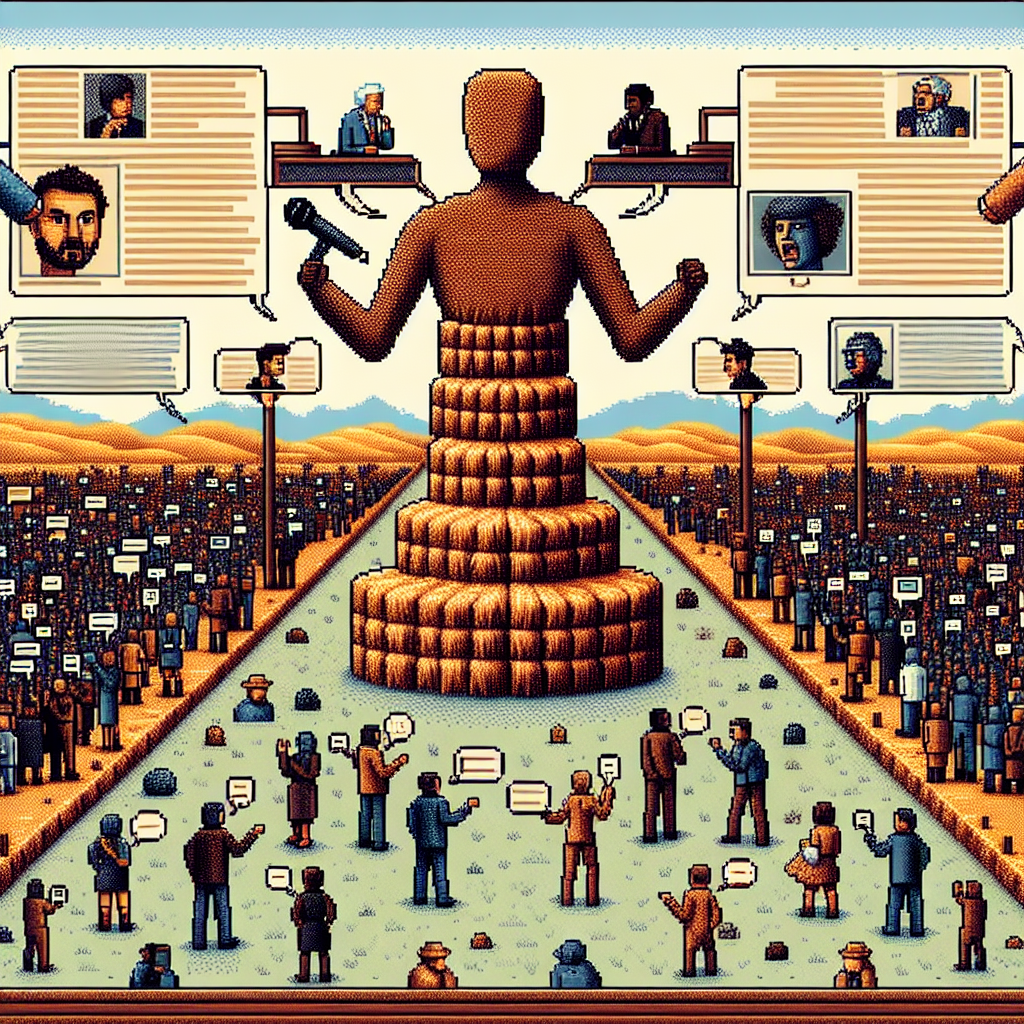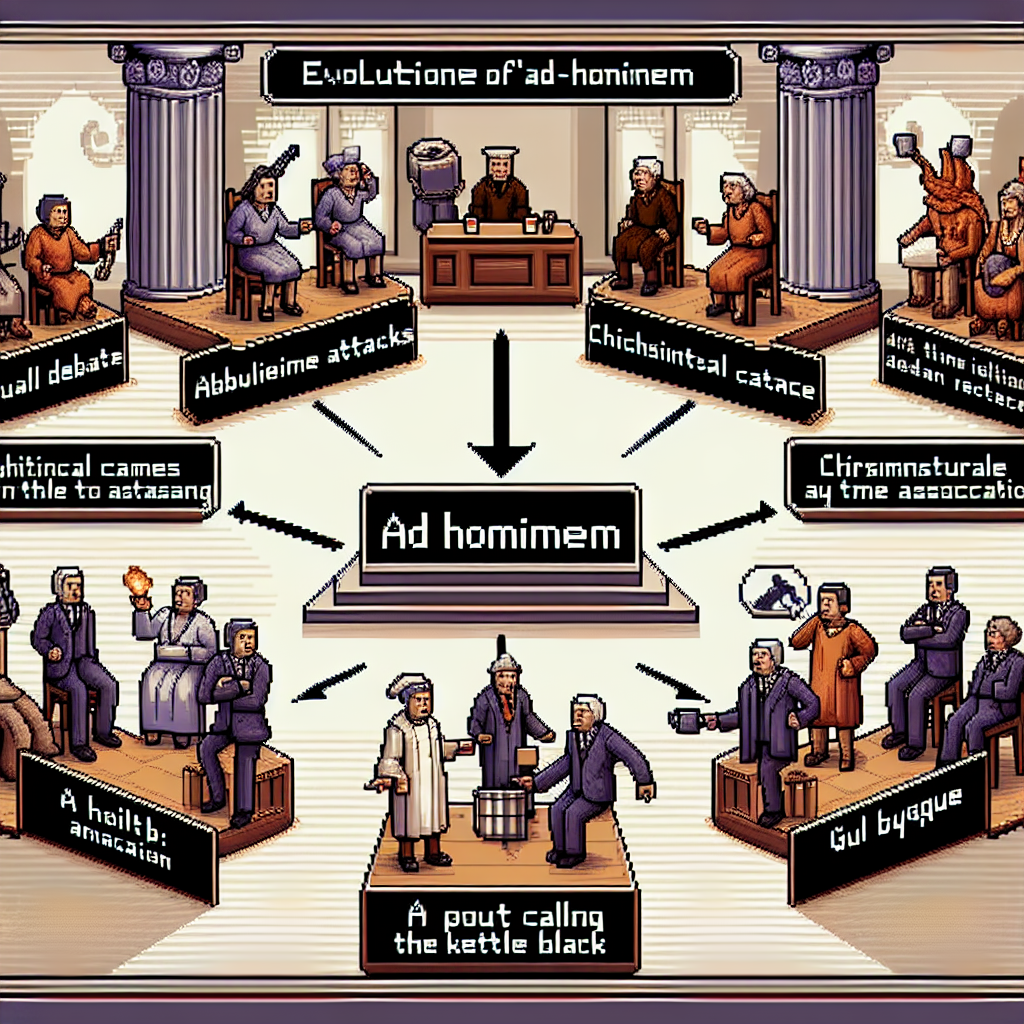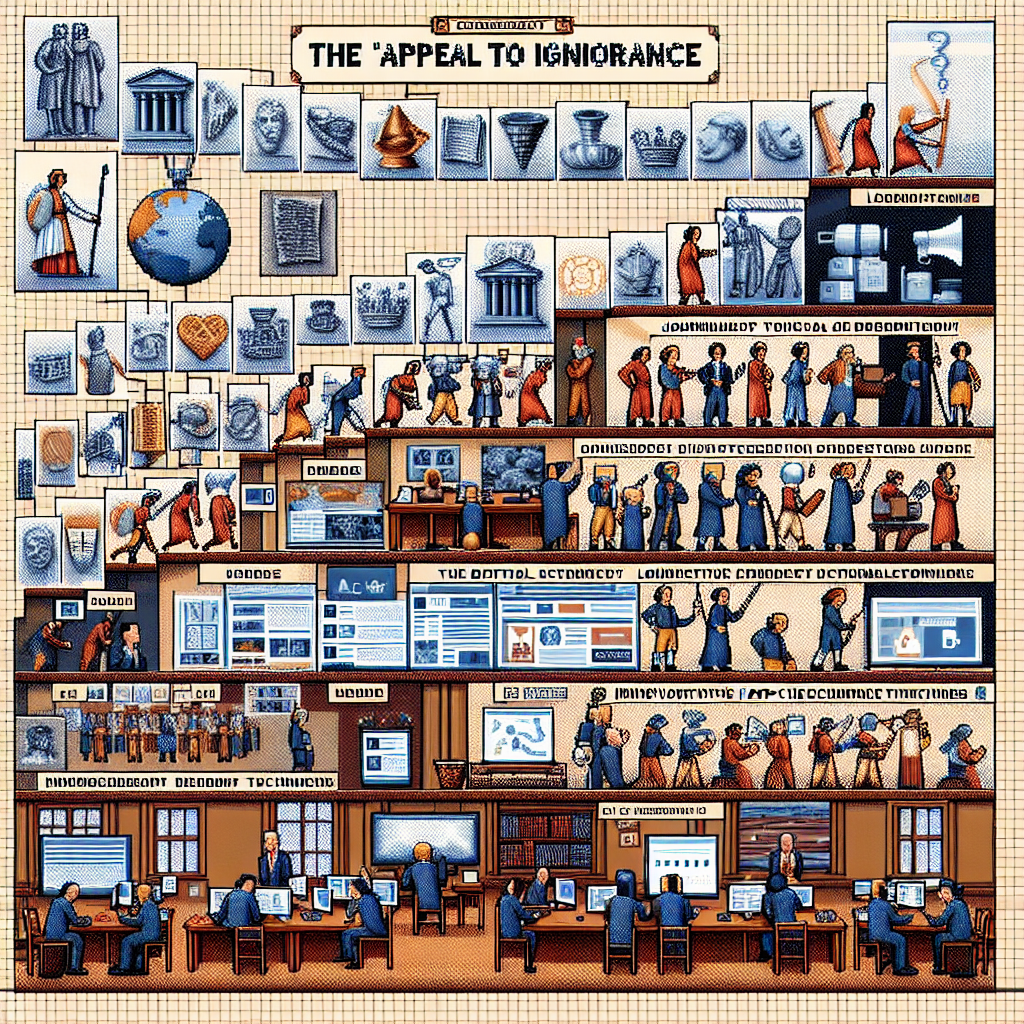Understanding the Straw Man Argument
Definition of Straw Man
The Straw Man argument is a common rhetorical tactic in which an individual misrepresents another’s position to make it easier to attack. It involves distorting or oversimplifying the original argument and then arguing against this manufactured version.
Importance of Understanding Straw Man in Arguments
Recognizing Straw Man tactics is crucial for maintaining integrity in discussions. This knowledge helps participants engage more effectively in debates. During conversations, some may resort to this fallacy to undermine others. Additionally, understanding and identifying such fallacies empowers individuals to respond effectively. It promotes clearer communication and encourages honest dialogue among participants. Moreover, real progress can only occur when arguments are accurately presented. Despite its prevalence, we must strive towards more constructive discourse. By doing so, we can elevate the quality of public and personal debates.
Origins of the Straw Man Fallacy
Historical Background
The concept of the Straw Man fallacy has deep roots in the history of rhetoric. Originating from a metaphor that involved setting up a straw figure for easy defeat, the tactic was cleverly used in debates to oversimplify or distort an opponent’s argument. During ancient times, orators employed this technique because it allowed them to misrepresent opposing viewpoints without addressing them directly.
Evolution in Rhetoric and Debates
As rhetoric evolved, the Straw Man fallacy adapted to new forms of communication. Additionally, it became a staple in political and philosophical debates. Despite changes in communication styles over centuries, this fallacy remained effective due to its simplicity in undermining opponents. In modern discourse, such as on social media and public forums, the Straw Man tactic persists, demonstrating its continued relevance in shaping discussions. Understanding its evolution is crucial for navigating contemporary debates effectively.
How the Straw Man Fallacy Works
Mechanism of Misrepresentation
The Straw Man fallacy operates by distorting an opponent’s position, creating an easily refutable version of their argument. This misrepresentation often simplifies or exaggerates the original stance, making it easier to attack before addressing the actual contention. Additionally, during debates, this tactic can sway audiences because it appeals to emotions rather than facts.
Examples from Real Life Scenarios
Consider a debate where a politician advocates for environmental regulations. Their opponent might claim they wish to “destroy jobs” rather than address actual environmental concerns. This example illustrates the Straw Man tactic, as it misrepresents the politician’s position. Furthermore, such fallacies frequently appear in media reports and social media, creating sensationalist narratives. Consequently, this undermines productive discourse and leads to misunderstandings within public and personal conversations.
Common Contexts for Straw Man Usage
Political Debates
In political debates, the Straw Man fallacy is frequently employed to misrepresent an opponent’s position by exaggerating or oversimplifying it. This is tempting because simplifying a complex stance makes it easier to refute. However, this strategy often undermines genuine discussion and can mislead the audience, making it difficult to reach a meaningful consensus on important issues.
Media and Journalism
Additionally, in media and journalism, the pressure to attract viewers and readers can sometimes lead to the use of Straw Man arguments. By creating sensational narratives, journalists may inadvertently distort the facts, which can erode public trust in media institutions over time. Careful verification and fair representation of all viewpoints can mitigate these effects.
Social Media Platforms
During interactions on social media platforms, posts often go viral quickly, and Straw Man tactics can spread misinformation. This is partly due to the character limitations and rapid pace of exchanges. Encouraging users to engage in thorough research and respectful discussions can help create a more informed online community.
Identifying Straw Man Arguments
Key Characteristics to Look For
Identifying a Straw Man argument begins with recognizing misrepresentations. Typically, these arguments distort an opponent’s position before debunking or attacking it. This often involves simplifying an argument excessively or creating an extreme version of the standpoint. Vague language and generalizations are common indicators during discussions.
Techniques for Spotting Misrepresentation
One effective technique to counteract a Straw Man is focusing precisely on what is being altered or exaggerated in the opponent’s stance. Additionally, questioning the clarity of the statement can reveal inconsistencies. By restating the original argument in your words, you can highlight discrepancies. Furthermore, asking for clarification before responding ensures the dialog remains accurate and respectful.
Countering the Impact of Straw Man Arguments
Effect on Public Discourse
The Straw Man fallacy significantly disrupts public discourse, because it leads to a distortion of actual positions. Before any meaningful discussion can take place, it is crucial to identify such misrepresentations. To restore true understanding, speakers should first ask for clarification of the original point. This allows a return to the actual merits of the argument.
Consequences within Personal Interactions
Despite its prevalence, the Straw Man tactic can be effectively countered in personal interactions. During conversations, if someone uses this fallacy, additionaly, addressing it directly by encouraging an open and honest dialogue can mitigate misunderstandings. Clarifying points not only promotes clearer communication but also strengthens relationships. Therefore, consistently applying these strategies helps minimize the harmful effects of misrepresentation. Moreover, fostering a culture of transparency ultimately increases trust and discourages the future use of misleading arguments.
Strategies to Counteract Straw Man Arguments
Case Study: Debating Environmental Policies
In a heated debate over environmental policies, a common Straw Man argument surfaced. One party suggested that the other desired to eliminate all forms of industrial activity, despite their actual stance being more moderate. This misrepresentation caused significant confusion and diverted attention away from the real issues. To counteract this, a participant effectively employed clarification and restatement techniques. By clearly restating their actual position and emphasizing their focus on sustainable development, they were able to steer the conversation back to productive ground.
To further ensure a constructive dialogue, they encouraged open and honest discussion by inviting questions and addressing concerns directly. Despite the initial disruption, these strategies not only helped ease tensions among the debaters, but also educated the audience on the importance of identifying and avoiding Straw Man tactics. As a result, the integrity of the discussion was preserved, and a more informed public gained insight into the true policy issues at stake.


